Why Nd Filters Are Best To Carry ?
ND filters, or neutral density filters, are best to carry because they help control the amount of light entering the camera without affecting the color or contrast of the image. They are particularly useful in situations where there is too much light, such as bright daylight or when shooting long exposures. ND filters allow photographers to use wider apertures, slower shutter speeds, or both, which can result in creative effects like motion blur or shallow depth of field. By reducing the amount of light, ND filters also help prevent overexposure and allow for more balanced exposures in high contrast scenes. Overall, carrying ND filters in your camera bag provides flexibility and control over exposure, enabling photographers to capture stunning images in various lighting conditions.
1、 Light Control: Enhancing Exposure and Balancing Brightness Levels
ND filters are considered the best filters to carry for several reasons, with the primary one being their ability to provide light control. These filters work by reducing the amount of light that enters the camera lens, allowing photographers to have more control over exposure and balancing brightness levels in their images.
One of the main advantages of using ND filters is their ability to extend exposure times. By reducing the amount of light, ND filters allow photographers to use longer shutter speeds, which is particularly useful in situations where there is too much light or when capturing motion blur effects. This can be especially beneficial in landscape photography, where longer exposures can create a sense of movement in water or clouds.
ND filters also help in achieving a balanced exposure in high contrast scenes. In situations where there is a significant difference in brightness between the foreground and background, such as a bright sky and a darker landscape, ND filters can help even out the exposure. By reducing the amount of light entering the lens, the filter darkens the sky, allowing for a more balanced exposure between the sky and the foreground.
Furthermore, ND filters can be used creatively to achieve specific effects. For example, they can be used to capture long exposure shots of flowing water, creating a smooth and ethereal effect. They can also be used to blur moving objects in a crowded scene, creating a sense of motion and dynamism.
In recent years, the popularity of ND filters has increased due to the rise of drone photography. Drones often have fixed aperture settings, making it challenging to control exposure in bright conditions. ND filters provide a practical solution by reducing the amount of light entering the lens, allowing drone photographers to capture well-exposed images even in bright sunlight.
In conclusion, ND filters are best to carry due to their ability to provide light control, enhance exposure, and balance brightness levels. They offer photographers the flexibility to achieve long exposures, balance exposure in high contrast scenes, and create unique effects. With the increasing popularity of drone photography, ND filters have become even more essential in ensuring well-exposed images in bright conditions.

2、 Color Accuracy: Preserving Natural Colors and Reducing Color Cast
ND filters are considered the best filters to carry for several reasons, with color accuracy being one of the most significant factors. These filters are designed to reduce the amount of light entering the camera without affecting the color balance of the image. By doing so, they help preserve natural colors and reduce color cast, resulting in more accurate and true-to-life photographs.
When shooting in bright conditions, such as during midday or in snowy landscapes, the excessive light can often lead to overexposed images or washed-out colors. ND filters solve this problem by allowing photographers to control the amount of light entering the camera, enabling them to achieve proper exposure and maintain color accuracy. This is particularly important for landscape and nature photographers who strive to capture the beauty of the environment as realistically as possible.
Moreover, the latest advancements in ND filter technology have further enhanced their effectiveness in preserving color accuracy. Manufacturers are now producing filters with improved coatings and materials that minimize color shifts and maintain the integrity of the original colors in the scene. These advancements ensure that photographers can rely on ND filters to capture images with minimal color distortion, even in challenging lighting conditions.
In conclusion, carrying ND filters is essential for photographers who prioritize color accuracy in their work. These filters allow for precise control over light levels while preserving natural colors and reducing color cast. With the latest advancements in ND filter technology, photographers can confidently rely on these filters to capture stunning and true-to-life images in any lighting situation.
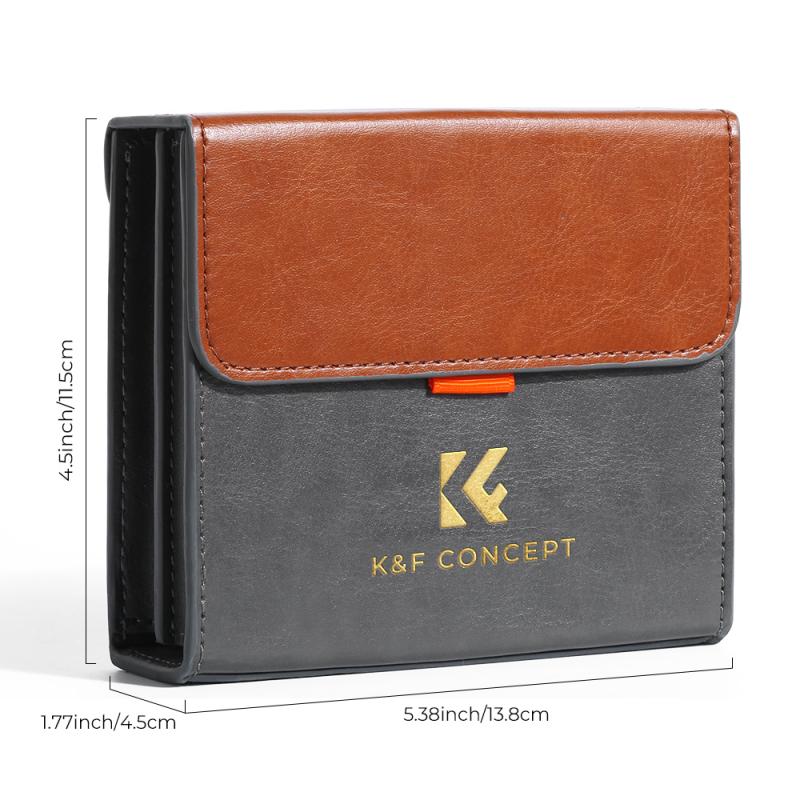
3、 Long Exposure Photography: Creating Motion Blur and Smooth Water Effects
ND filters are best to carry for long exposure photography because they allow photographers to create stunning motion blur and smooth water effects. These filters work by reducing the amount of light that enters the camera, which in turn allows for longer exposure times. This extended exposure time is what creates the desired effects in the final image.
One of the main advantages of using ND filters is the ability to capture movement in a unique and artistic way. By using longer exposure times, moving subjects such as water or clouds appear blurred, creating a sense of motion and adding a dynamic element to the photograph. This technique is particularly popular in landscape photography, where it can transform a static scene into a visually captivating masterpiece.
Furthermore, ND filters also allow photographers to control the amount of light in a scene, especially in bright conditions. This is particularly useful when shooting in situations where the available light is too intense, such as during midday or in snowy landscapes. By reducing the amount of light, ND filters help to balance the exposure and prevent overexposure, resulting in a more balanced and well-exposed image.
In addition to these traditional benefits, the latest advancements in ND filter technology have made them even more versatile and user-friendly. For example, some filters now come with adjustable density, allowing photographers to vary the amount of light reduction according to their specific needs. This flexibility enables photographers to experiment with different exposure times and achieve a wider range of creative effects.
In conclusion, carrying ND filters is essential for long exposure photography as they enable photographers to create stunning motion blur and smooth water effects. With the latest advancements in technology, these filters have become even more versatile and user-friendly, providing photographers with greater control over their images and allowing for more creative experimentation.

4、 Wide Aperture Shooting: Allowing for Shallow Depth of Field in Bright Conditions
ND filters are best to carry because they allow photographers to have more control over their exposure settings, especially in bright conditions. When shooting in bright sunlight, the camera's aperture may need to be set to a smaller size to avoid overexposure. However, this can result in a larger depth of field, where everything in the frame appears sharp and in focus. While this may be desirable in some situations, there are times when photographers want to achieve a shallow depth of field to create a more visually appealing image with a blurred background.
ND filters, or neutral density filters, are essentially darkened pieces of glass or plastic that can be attached to the front of a camera lens. They reduce the amount of light entering the lens without affecting the color or contrast of the image. By using an ND filter, photographers can keep their aperture wide open even in bright conditions, allowing for a shallow depth of field.
In addition to controlling depth of field, ND filters also enable photographers to use slower shutter speeds, which can be useful for capturing motion blur or creating long exposure effects. For example, when photographing a waterfall, using a slow shutter speed with an ND filter can create a smooth, silky effect on the flowing water.
The latest point of view on ND filters is that they are essential tools for photographers who want to have more creative control over their images. With the increasing popularity of wide aperture shooting and the desire to achieve a shallow depth of field, carrying ND filters has become even more important. They allow photographers to capture stunning images with a blurred background, even in bright conditions, resulting in more visually appealing and professional-looking photographs.
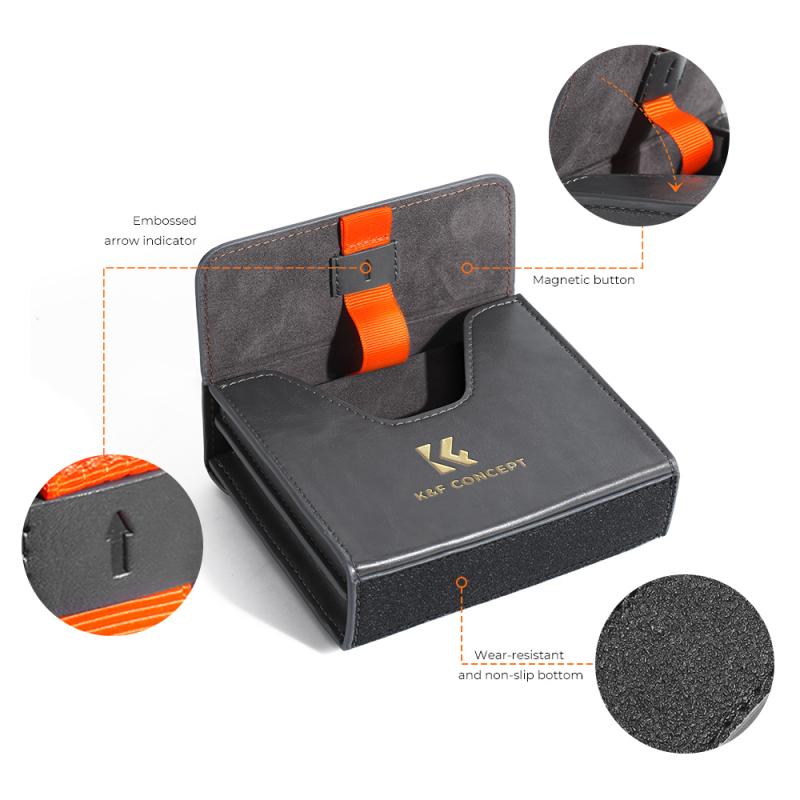





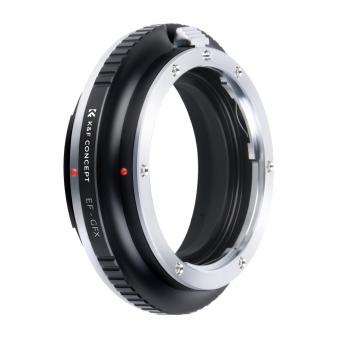
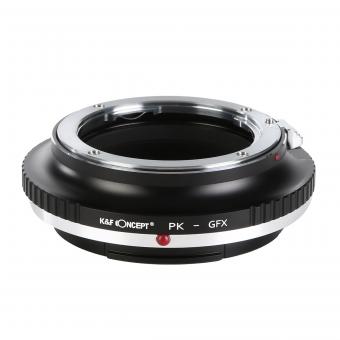
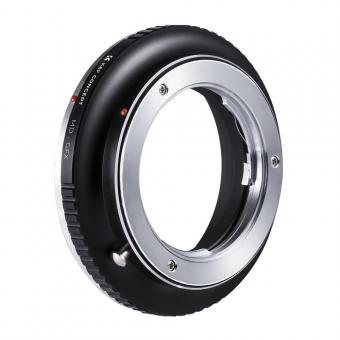
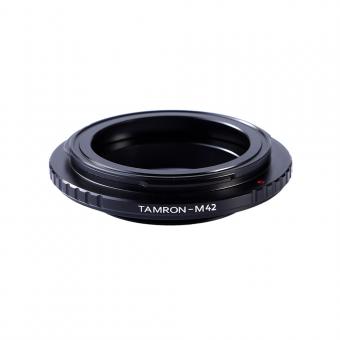
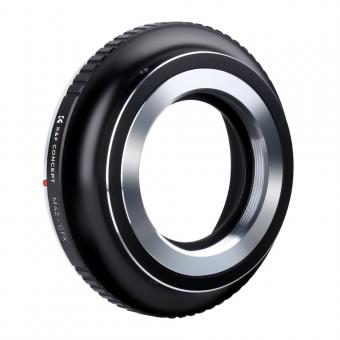



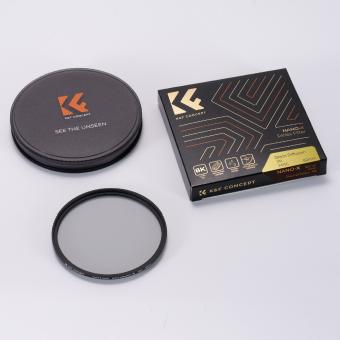
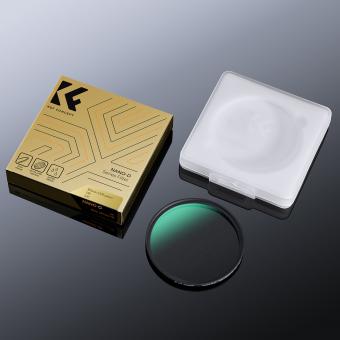


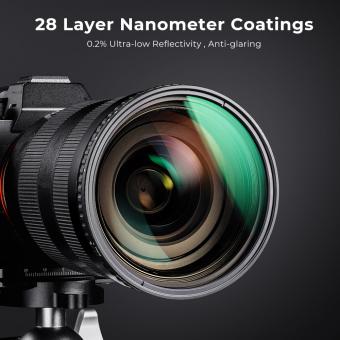




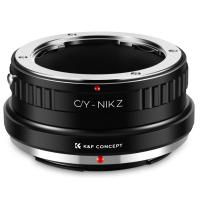


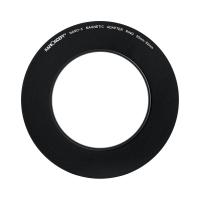
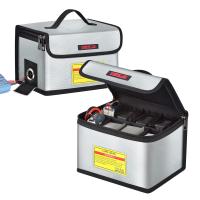
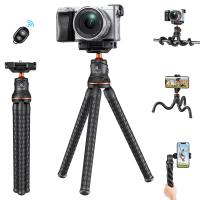

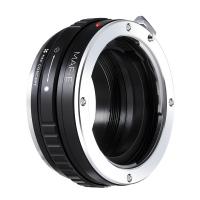
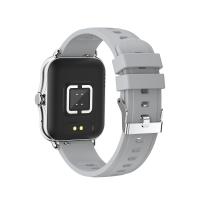


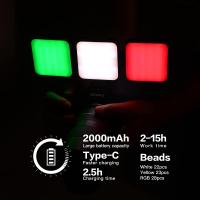

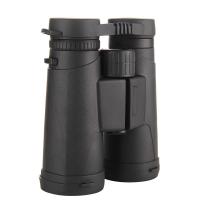




There are no comments for this blog.